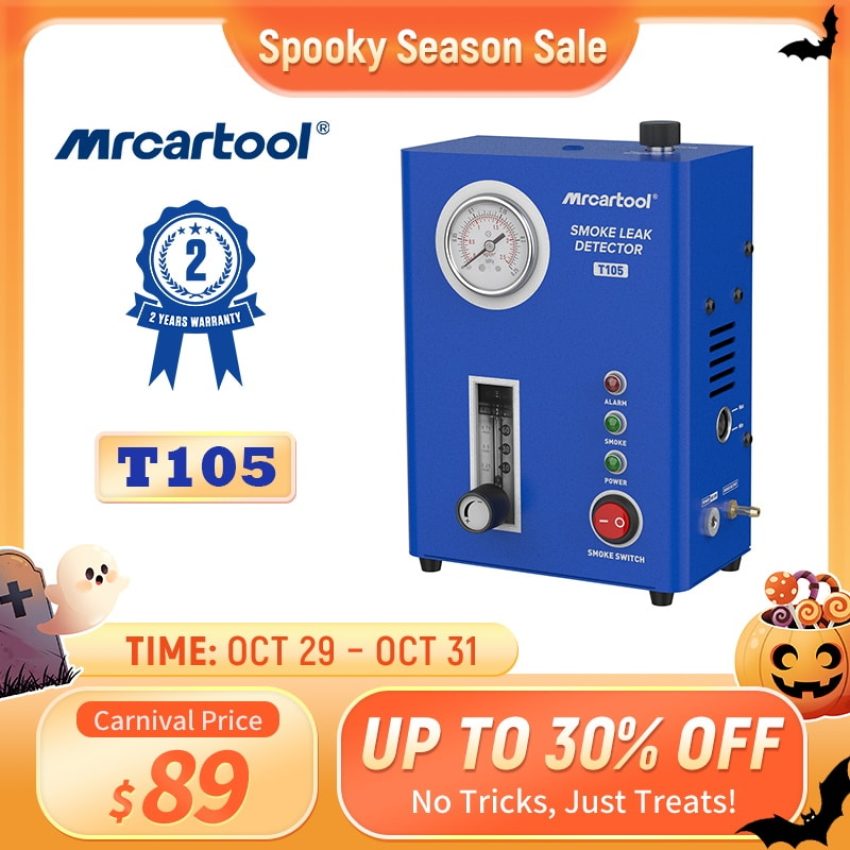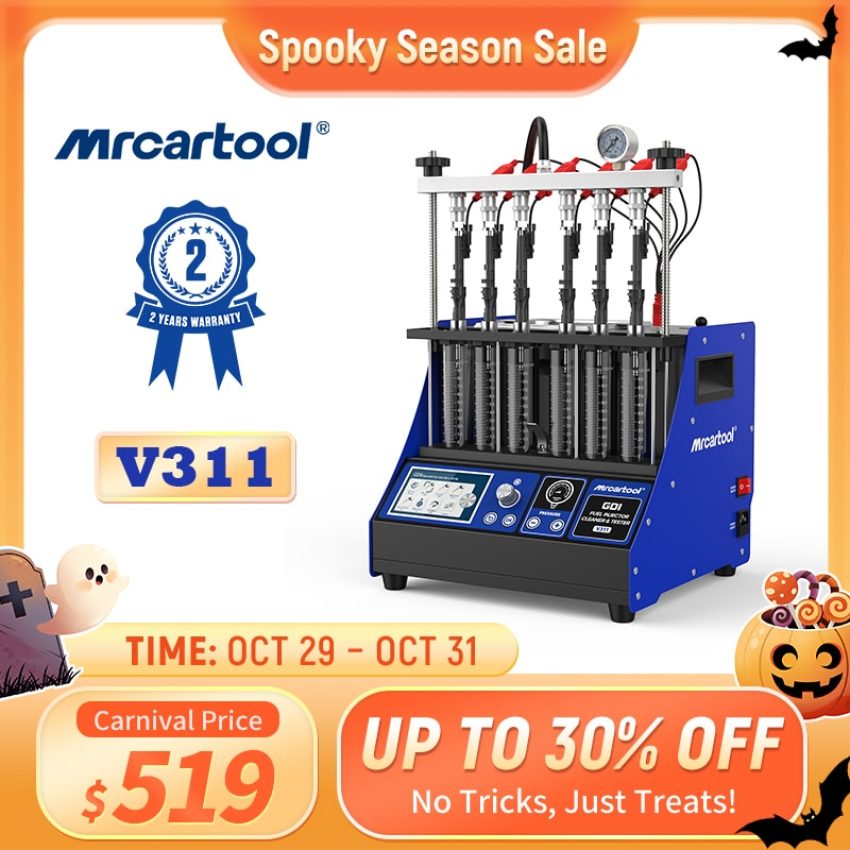
Kodėl profesionalios remonto dirbtuvės naudoja stabdžių skysčio keitiklius? - Tikrosios stabdžių skysčio keitiklių vertės supratimas
- 蒂娜
- spalio 9, 2025

If you run an auto repair shop, you’ve likely encountered customers asking: “Do brakes really need fluid changes?” or “How often should brake fluid be replaced?” Some even take it further: “Isn’t brake fluid exchanger just oil? Does it matter if you change it or not?”
Doesn’t hearing these questions repeatedly leave you feeling drained? It’s understandable that customers lack this knowledge. What they don’t realize is that brake fluid is a liquid that absorbs moisture and degrades over time. Once its boiling point drops or vapor lock occurs, braking performance plummets, creating a safety hazard that could erupt at any moment.
So today, let’s discuss why brake fluid replacement matters—and why more repair shops are adopting intelligent brake fluid exchangers to boost efficiency and professionalism.
Where is Brake Fluid Located?
This question from the customer is actually a test of your expertise.
The brake fluid reservoir is typically located in the engine compartment near the driver’s side, connected to the master cylinder. The cap usually bears the label “Brake Fluid” or “DOT 3/4/5.1.”
How Often Should I Change Brake Fluid?
According to manufacturer recommendations, brake fluid should generally be replaced every 2 years or 40,000 kilometers. However, if customers frequently drive in mountainous areas or subject the braking system to heavy loads, replacing it every 1.5 years is safer.
You can also use a moisture content tester to inform customers of the facts:
If moisture content exceeds 3%, replacement is mandatory! Failure to do so is dangerous.
These Warning Signs Must Be Brought to the Customer’s Attention:
✅ Brake pedal feels soft
✅ ABS warning light illuminates
✅ Braking distance increases
✅ Brake fluid appears dark or blackened
✅ Moisture content exceeds acceptable limits
Is Brake Fluid Exchanger Necessary?
The answer is—absolutely essential!
Brake fluid aging and absorbing moisture → leads to a reduced boiling point → causing vapor lock during long descents → potentially resulting in complete brake failure!
This isn’t alarmist rhetoric, but the fundamental physics of the braking system.
Brake fluid is an incompressible liquid, enabling efficient transmission of braking force. When it absorbs moisture, heat causes the absorbed water to vaporize. Vapor is compressible—and this compressibility is precisely what causes brake failure. Therefore, when moisture content reaches 3%, replacing the brake fluid is critical to ensuring braking safety.
Why Repair Shops Should Use Brake Fluid Exchangers
Manual Fluid Replacement vs. Machine-Assisted Replacement
|
Project |
Manual Oil Extraction |
Using a Brake Fluid Exchanger |
|
Oil Change Speed |
Slow |
Fast |
|
Thoroughness of Replacement |
Prone to residual old oil and air bubbles |
Full system circulation oil change |
|
Sauga |
Air easily enters the system |
Vacuum environment ensures rapid air purging |
|
Professionalism |
Basic |
Professional, upgrade available for fee |
|
Suitability for ABS/ESP Systems |
Unstable |
Fully compatible |
Recommended Equipment: MRCARTOOL F109 / F118 Brake Flush Machine
If you want to boost oil change efficiency, enhance professionalism, and increase profit margins, you can recoup your investment in just 1-2 jobs.The F109/F118 Brake Fluid Exchanger is an absolute must-have for repair shops.
✅ Supports multiple vehicle models
✅ One-button fluid change + automatic bleeding
✅ Features pressure adjustment
✅ ABS Compatible
✅ Time-saving and labor-saving—operated by a single technicia
-
【 Juodojo penktadienio kainos】MRCARTOOL F109 stabdžių plovimo mašina Automatinis stabdžių nuleidiklis
Įvertinimas: 5.00 iš 5 (viso įvertinimų: 6)$189.00 - $239.00Kainų intervalas: Nuo $189.00 iki $239.00 -
MR CARTOOL F118 stabdžių skysčio keitiklis Su 7 vnt. adapterių 2,5bar
Įvertinimas: 5.00 iš 5 (viso įvertinimų: 11)$269.00 - $279.00Kainų intervalas: Nuo $269.00 iki $279.00 -
MR CARTOOL F60 stabdžių skysčio testeris su HD Blackit ekranu
Įvertinimas: 5.00 iš 5 (viso įvertinimų: 1)$39.00
FAQ Frequently Asked Questions
Q1: What types of repair shops are Brake Fluid Exchanger suitable for?
✅ Routine maintenance shops ✅ Brake modification shops ✅ General repair shops ✅ Used car preparation shops
Q2: How long does a Brake Fluid Exchanger take?
Using the F109/F118 complete process takes 10–15 minutes.
Q3: Can I just use the old manual method?
Certainly, but customers now trust the service approach of professional equipment + test reports. Your competitors may have already upgraded their equipment.
Q4: Can one person operate it?
Absoliučiai. This is one of its biggest advantages—freeing up staff and boosting efficiency.
Q5: Will it burst the brake lines?
No. The equipment features pressure regulation and safety protocols. As long as you follow the operating procedures, it’s completely safe.
📩 Contact Tina now for discounts and purchase inquiries!
- "WhatsApp": +86 189 2376 8146
- El. paštas: seller@mrcartool.net









































